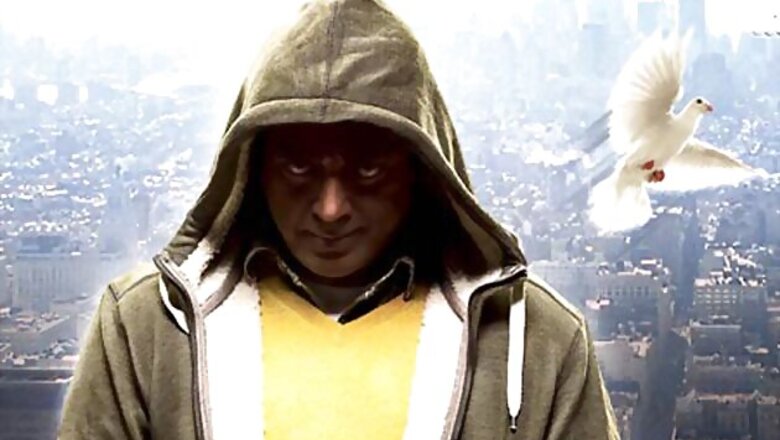
views
It was a fitting tribute to legendary filmmaker B Ramakrishna Panthulu when, as part of his birth centenary celebrations, the classic 1964 Tamil movie 'Karnan', starring the demigods of Tamil and Telugu cinema — Sivaji Ganesan and N T Rama Rao respectively — was re-released this year with top quality output.
Technology, or digital technology to be precise, proved once again the saviour. Tamil cinema, which has always greeted technology with open arms, has in the last few years surrendered to digital technology, in its various avatars.
Every new film is now merrily proclaiming ‘me too’ when it comes to digitech. 'Achamundu Achamundu' was the first to be shot with the pioneering Red One camera. The superhit Kamal Hassan-Mohan Lal starrer 'Unnaipol Oruvan', remake of the Hindi film, 'A Wednesday', was also shot with the same camera as was 'Nootrenbadhu/180'.
Another Kamal film 'Vishwaroopam', which is nearing completion, has also sworn allegiance to the Red One camera. But the defining moment was when ''Thiru Thiru Thiru', co-produced by Real Image and Sathyam Cinemas, went digital completely, from shooting to final projection in theatres.
It is wrong, however, to assume that Kollywood is now entering the digital phase. Says Arvind Ranganathan, CEO of Real Image Cinemas, the pioneers of this technology: “Digital technology came to Kollywood 10 years ago what with post-production systems like the AVID, DI colour correction with the addition of effects and graphics, influencing along the way audio with the DTS sound system. The current hoo-ha is of course the introduction of digital cameras (Red One camera, Arri Alexa, etc) and digital projectors and servers.”
Debutant director Nandhini had the latest technology at her disposal for 'Thiru Thiru Thiru'. And unlike some films which were a mix of digital and print, 'Thiru Thiru...' was completely digital. “Initally, there were a few hiccups. We had to shoot with different lenses, and at one speed which meant slow or fast motion shots were out. But by the end, we had pretty much got the hang of it,” she says.
Says Arvind, “No longer do filmmakers have to worry about raw stock consumption; they can have as many takes as possible with matchless quality to boot. Also, it gives exhibitors programming flexibility and cost benefit. For example, I know of an exhibitor who screens a Malayalam film for one show which earlier would not have been commercially viable.” The greatest advantage, says Nandhini, is that one can now perform test shoots in digital, without worrying about costs.
Cinematographer Kichas, who has 45 Tamil films to his credit, has been following digital technology in Tamil cinema, right from its inception when a low-end digital camera was used in Mutham. “Digital cameras are lightweight, user-friendly, and cost-effective. For instance, if shooting in analog costs Rs 1 crore, the same in digital would cost around Rs 60 lakh,” says Kichas, who has planned to open a digital cinema institute next month.
Technology, of course, brings along some unique challenges. Now, actors might get a little lax, knowing they can keep going until they get the perfect shot. But then in an industry where time is money, one can safely assume that such instances are kept to a minimum.
And with the way things are going, the analog movie camera might soon end up as a collector’s item.



















Comments
0 comment